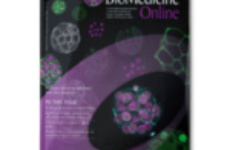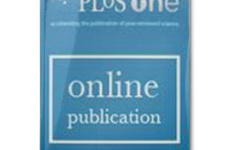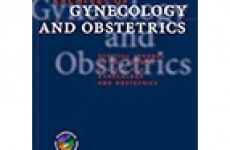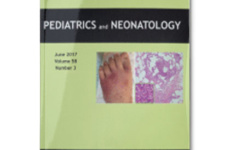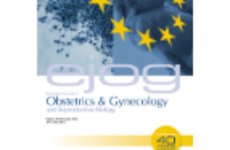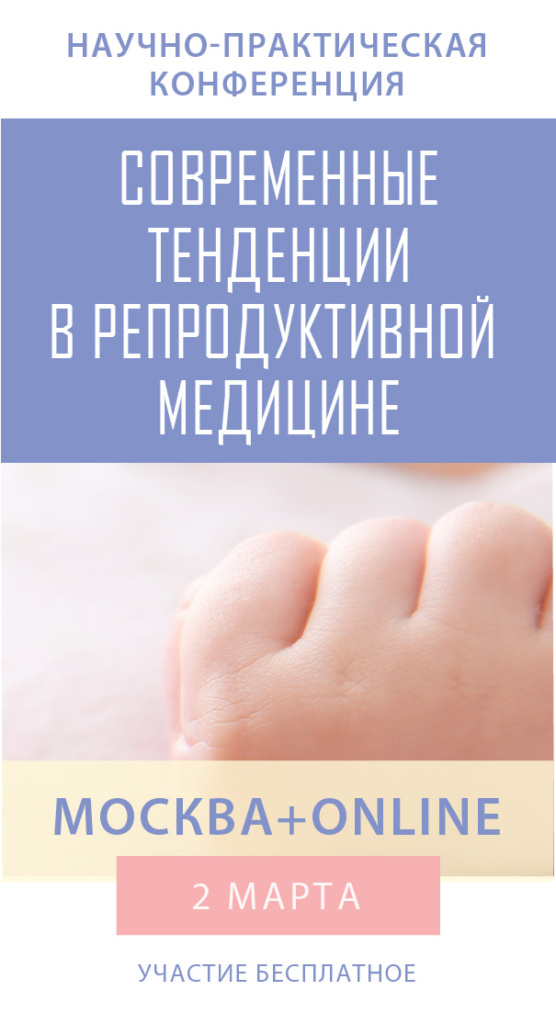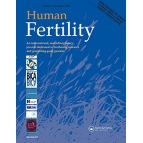 Fertility preservation in the female poses several challenges due to the invasive nature of the techniques available to achieve it. The guideline aims to bring together the evidence available for the measures for fertility preservation and their outcome. The guideline addresses fertility preservation for medical reasons and includes both oncological and non-oncological causes.
Fertility preservation in the female poses several challenges due to the invasive nature of the techniques available to achieve it. The guideline aims to bring together the evidence available for the measures for fertility preservation and their outcome. The guideline addresses fertility preservation for medical reasons and includes both oncological and non-oncological causes.
The techniques that the guideline considers are: (i) embryo and oocyte cryopreservation; (ii) ovarian tissue cryopreservation; (iii) GnRH agonist suppression and (iv) ovarian transposition. Although ovarian tissue cryopreservation is still considered experimental, the availability of this technique is gaining momentum as more live births from auto-transplanted tissue are reported.
The guideline also highlights use of current treatment modalities for benign and malignant conditions that have a better fertility sparing profile. The guideline recommends a multidisciplinary approach in counselling women and girls about the risk to their fertility and available techniques. The role of psychological support in assisting women and girls with decision-making is highlighted.
The guideline also highlights the risks associated with these techniques. Women need to be medically fit to undergo invasive procedures. Fertility preservation techniques are appropriate when treatment has curative intent. Fertility preservation is a subject of on-going research on outcomes of different techniques and at the time of publication, studies are still likely to emerge adding to the available literature.
Ephia Yasmin, Neerujah Balachandren, Melanie C. Davies, Georgina L. Jones, Sheila Lane, Raj Mathur
Human Fertility, Volume 21, 2018 – Issue 1
DOI: https://doi.org/10.1080/14647273.2017.1422297



